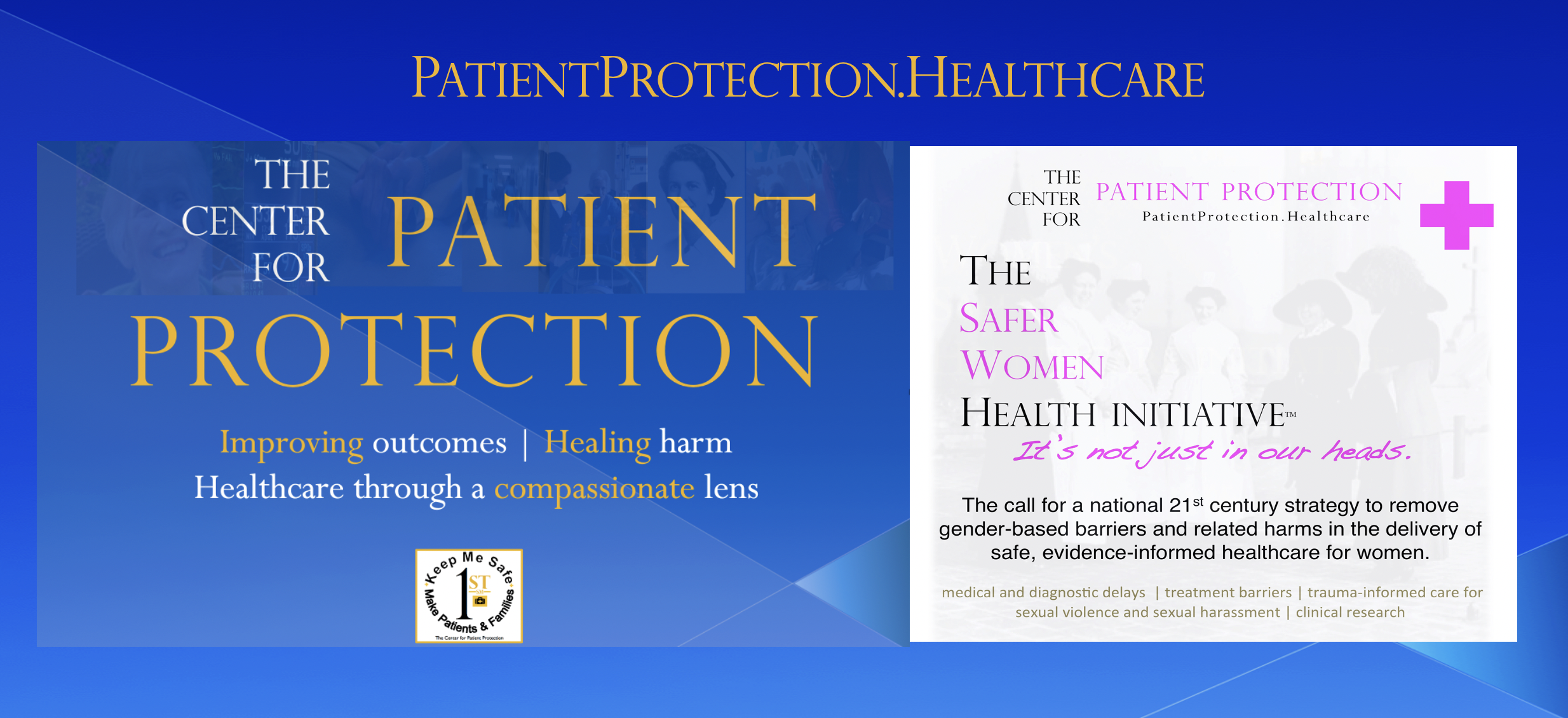 A recent article in The Atlantic called “The Hospital is No Place for the Elderly,” raises troubling concerns about the future of healthcare for the elderly. Here is an excerpt:
A recent article in The Atlantic called “The Hospital is No Place for the Elderly,” raises troubling concerns about the future of healthcare for the elderly. Here is an excerpt:
Seniors with five or more chronic conditions account for less than a fourth of Medicare’s beneficiaries but more than two-thirds of its spending—and they are the fastest-growing segment of the Medicare population. What to do with this burgeoning population of the frail elderly? Right now, when something goes wrong, the standard response is to call 911 or go to the emergency room. That leads to a revolving door of hospitalizations, each of them alarmingly expensive. More than a quarter of Medicare’s budget is spent on people in their last year of life, and much of that spending is attributable to hospitalization. “The dramatic increase in costs in the last month of life is largely driven by inpatient hospital stays,” Helen Adamopoulos recently reported on MedicareNewsGroup.com. “On average, Medicare spends $20,870 per beneficiary who dies while in the hospital.
. . .
The focus appears to be on providing curative care in the acute hospital,” an accompanying editorial said, “regardless of the likelihood of benefit or preferences of patients.
Here are our thoughts on this idea.
A good case can be made that given the epidemic of hospital errors afflicting patients around the world, a hospital is not really a safe place for anyone. The problem is that the good intentions that lie behind treating the elderly in places other than a hospital can quickly become abused to the point where there is a bias against the elderly receiving the treatment they need when it is only available in the hospital setting.
I experienced this elder do-not-treat bias when my mother was hospitalized after a traumatic brain injury. She was 89 at the time and given little chance of survival. A strong resentment soon began to surface on the part of her care team about her family’s insistence on full treatment. They repeatedly denied her the care she needed, whether it was in the form of nursing care, special pressure reducing mattress surfaces to prevent pressure ulcers or providing a doctor to examine her after she suffered a major convulsive seizure. Even after she developed pneumonia, which likely resulted from the hospital’s failure to ensure recommended safety precautions were followed, a top internist told us that she would not have access to the ICU. His reason? “She may die tonight away.”
They were almost correct in their dismal prognosis as a result of all the medical errors the hospital inflicted on her. We got her out of there just in time. Three years later, she is enjoying her family, her Irish Setter, her books and her garden. Her life is still one of giving and receiving much joy. Our experience is not all that uncommon, based on the horror stories I hear from families everywhere.
For many elderly patients, a hospital is the only place where the necessary care can be given, at least initially, such as with brain injuries. That option needs to be preserved. But many of us fear that events are galloping in the other direction when it comes to the aged. Just look at the increasingly frequent references to elderly hospital patients as “bed blockers” who are preventing others from receiving care.
What needs to be done is to make all care safer and more comfortable for all patients of all ages. What is happening in many hospitals in Canada, the US, the UK, Australia and elsewhere is that instead of declaring a war on the epidemic of hospital errors that is killing hundreds of thousands each year, there is a war on certain patients and families seeking proper care. And they are often families with elderly loved ones, who are the hallowed members of the Greatest Generation and without whom there would be no universal healthcare in Canada or Medicare and Medicaid in the United States.
Care for the elderly in the best manner possible is a sacred obligation that society owes to those who defended freedom at its time of maximum peril. They need to be viewed with awe and reverence, not as a segment of society that has outlived its usefulness and a target of cost-cutting and hospital savings.
